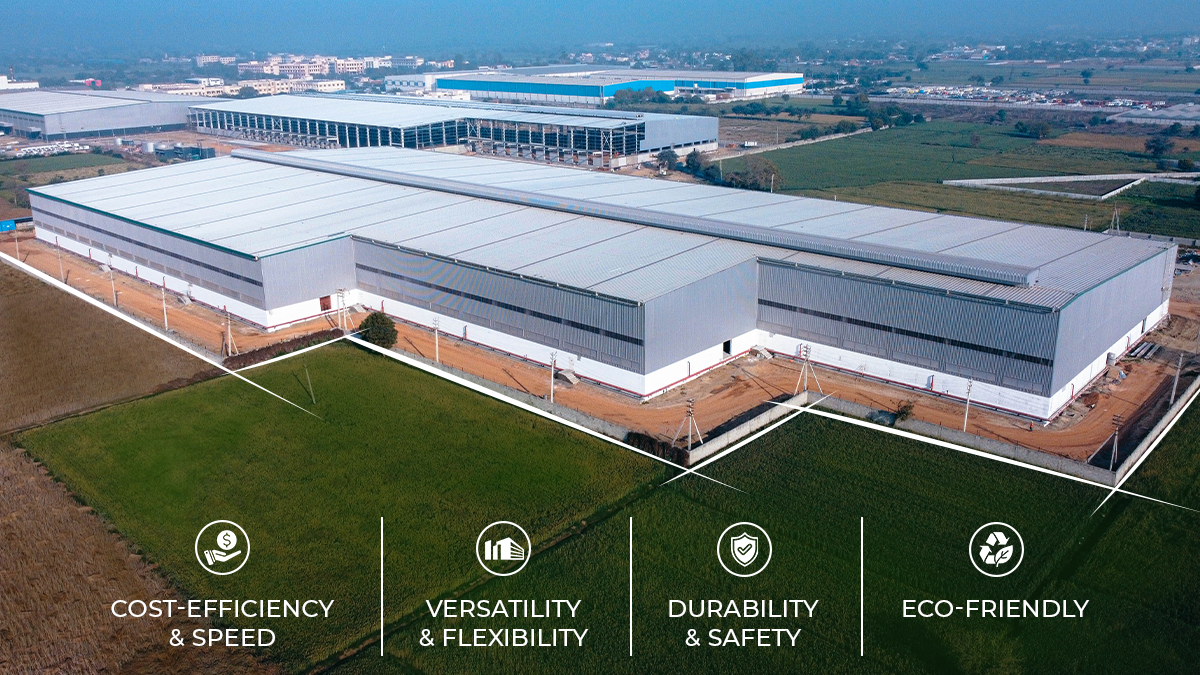
Democratic Lawmakers Say Funding Shifts for Stalled Water Projects Have Political Motives

A congressional analysis of construction projects that will receive continued funding under the U.S. Army Corps of Engineers’ fiscal 2025 work plan shows that the Trump administration steered funds to projects in Republican-leaning states and away from those in states considered more “blue,”—such as California, Hawaii and Washington state.
According to the office of Senate Appropriations Committee Vice-Chair Patty Murray (D-Wash.), the agency shifted $437 million in funding from states with mostly Democratic administrations in the fiscal 2026 presidential budget request, while allocating $258 million to so-called “red” states—representing a 64% to 33% split. This is a break from the traditional protocol, where funding for flood protection infrastructure projects across all states—regardless of politics—are considered in federal spending bills that have passed with bipartisan support, she said at a May 22 press briefing.
Congressional appropriators normally work out each year in annual spending bills—through a long and often laborious process—which projects receive funding. But the mostly Republican-supported continuing resolution sent to the White House in March reduced funding for the Corps by $1.4 billion and gave wide latitude to the president in making the cuts.
A furious Murray told reporters: “President Trump’s Army Corps construction plan utterly tramples all of the careful, painstaking negotiations we did in Congress to reach a bipartisan understanding about what projects need funding, and replaces it with his own partisan vision.” She added: “Never again.”
Projects with funding cut or zeroed-out include a water storage and fish passage project at Hanson Dam in King County, Wash., which had been set to receive $500 million in fiscal 2025; and at least four major flood-risk reduction efforts in California. These include the $2.03-billion Lower San Joaquin River Basin project that aims to enhance flood protection for Stockton by upgrading 23 miles of levees and constructing two closure structures; and one set to reinforce 42 miles of levees around the Natomas Basin.
Work in Limbo
In October 2024, the Corps Seattle District awarded a $657-million water storage and fish passage project to a joint venture of contractors Flatiron and Aecon. According to a district spokesperson, the project is still within the fully funded design phase. “The award of the construction option under that contract is dependent on receipt of additional funds,” she said. The Corps currently is reviewing the design, which is at 80% completion.
On a May 16 call with reporters, Heather Pennington, Tacoma Public Utilities water superintendent, said that her agency was in discussions with the Corps about the current contract. “I do know that there is hope to continue work in the near term, but what isn’t currently funded and now won’t be funded is unclear. We’re very concerned about what will be able to be completed and what the pause and impact will be if we don’t secure additional funding.”
Also on the call was Thomas Keown, general manager of the Covington Water District, based in Kent, Wash., who said the decision to pull funding for the dam “is shaping up as a waste of a perfectly good shovel-ready project that is likely to be mothballed for who knows how long.”
On May 21, Robyn Colosimo, acting assistant secretary of the Army for Civil Works, denied that funding shifts were politically motivated. Noting the significant cuts in the continuing resolution for Corps projects, top officials within the administration “made hard choices and had the discretion to do that,” she said at a hearing before a House appropriations subcommittee.
“I do believe these reflect the priorities of the administration,” she said. “I believe they had to make tradeoffs that I was not privy to.”
Post a Comment
You must be logged in to post a comment.






